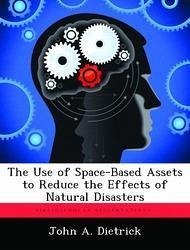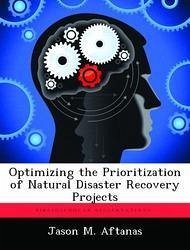
The Use of Space-Based Assets to Reduce the Effects of Natural Disasters
Versandkostenfrei!
Versandfertig in über 4 Wochen
52,99 €
inkl. MwSt.
Weitere Ausgaben:

PAYBACK Punkte
26 °P sammeln!
Natural disasters kill one million people around the world each decade, and leave millions homeless each year. As destructive as natural disasters are, there are means to reduce the effects of natural disasters. Reducing the effects of natural disasters requires volumes of data to improve preparation, response, and recovery efforts. By virtue of physical location and global access, satellites provide an ideal platform to collect and disseminate information related to natural disaster management. Specifically, imagery (multispectral, hyperspectral, synthetic aperture radar) and communication sa...
Natural disasters kill one million people around the world each decade, and leave millions homeless each year. As destructive as natural disasters are, there are means to reduce the effects of natural disasters. Reducing the effects of natural disasters requires volumes of data to improve preparation, response, and recovery efforts. By virtue of physical location and global access, satellites provide an ideal platform to collect and disseminate information related to natural disaster management. Specifically, imagery (multispectral, hyperspectral, synthetic aperture radar) and communication satellites are essential to the efforts of reducing the effects of natural disasters before, during, and after they occur. As capable as the individual satellites are in reducing the effects of natural disaster, new strategies of how to employ satellites are leveraging those capabilities even further.












